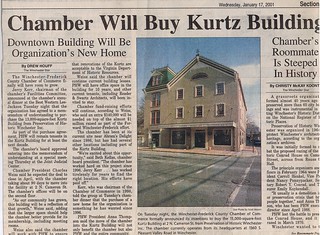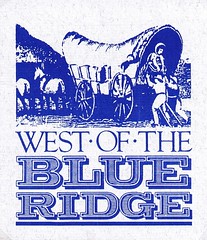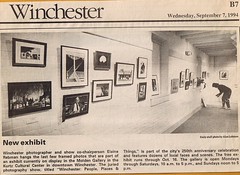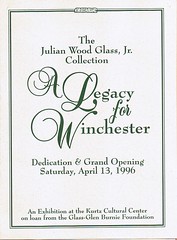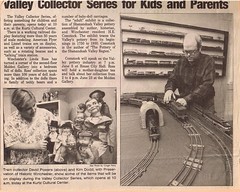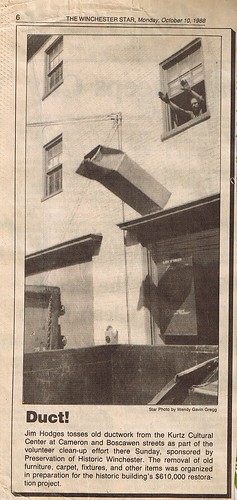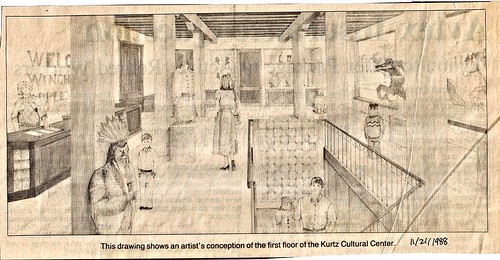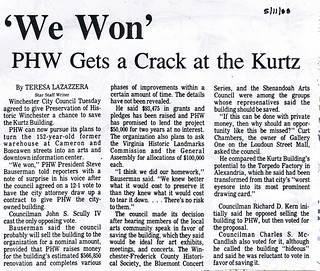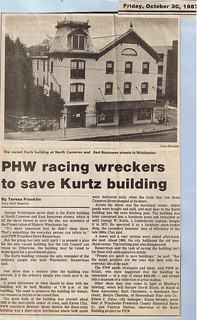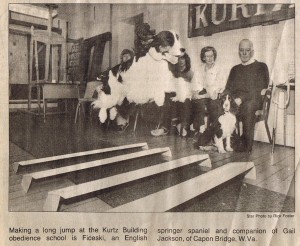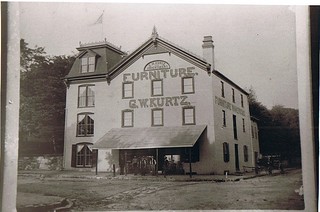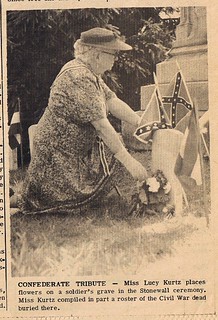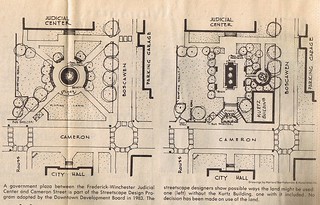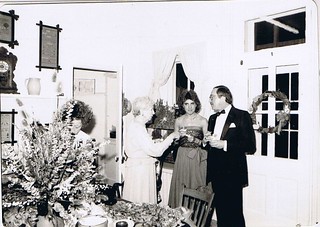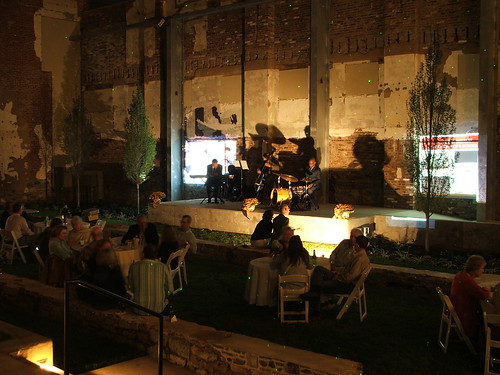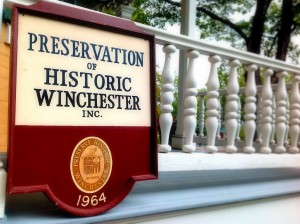 PHW operated for several years as a scaled back, volunteer only organization during the period of reorganization. The Board of Directors, led by George and Jeanne Schember, systematically reviewed and fulfilled the outstanding legal and financial obligations, completed and sold the Blues House project at 401-403 S. Kent St., undertook a by-laws revision, and many other minutiae of requirements to running a non-profit organization.
PHW operated for several years as a scaled back, volunteer only organization during the period of reorganization. The Board of Directors, led by George and Jeanne Schember, systematically reviewed and fulfilled the outstanding legal and financial obligations, completed and sold the Blues House project at 401-403 S. Kent St., undertook a by-laws revision, and many other minutiae of requirements to running a non-profit organization.
PHW continued its focus on preserving Kent Street, awarding a Facade Improvement Grant to the owner at 317 South Kent Street for exterior improvements and sponsoring several John Kirby Day events to help preserve the Elks Lodge and John Kirby’s home on North Kent Street. The Holiday House Tours continued to be held, and Jennings Revolving Fund covenants were still enforced.
As George Schember neared the end of his term as President of PHW, Howard Kittell, then Executive Director at Shenandoah Valley Battlefields Foundation, was brought on board as PHW’s next President. Knowing he could not keep up with George and Jeanne’s level of hands-on, day-to-day commitment to PHW, it was time to hire office staff once again.
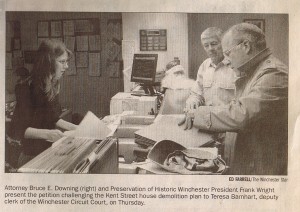 In June of 2005, Sandra Bosley became PHW’s Office Administrator. She responded to PHW’s employment ad along with 33 other candidates for this part time position. With her knowledge of the community, self-motivation, computer skills, and outstanding references from the staff of Shenandoah University’s History and Tourism Center, Sandra was a natural fit for the organization. By October of 2005, “[t]he board and volunteers are all in agreement that we would be lost without Sandra.” (1)
In June of 2005, Sandra Bosley became PHW’s Office Administrator. She responded to PHW’s employment ad along with 33 other candidates for this part time position. With her knowledge of the community, self-motivation, computer skills, and outstanding references from the staff of Shenandoah University’s History and Tourism Center, Sandra was a natural fit for the organization. By October of 2005, “[t]he board and volunteers are all in agreement that we would be lost without Sandra.” (1)
PHW was offered the chance to return to the Hexagon House by the Museum of the Shenandoah Valley in 2006. PHW gratefully accepted the opportunity to set up offices again in one of the town’s outstanding architectural treasures. The increase in floorspace has made board meetings and social gatherings at PHW vastly more comfortable, and made fun outdoor events like croquet at Annual Meetings a possibility. (2)
In 2007, PHW became one of the leaders speaking out again the demolition of five properties on South Kent Street. The proposal was much contested, going all the way to City Council. PHW fought City Council’s decision to allow for demolition, filing a lawsuit against the City of Winchester, contesting that council failed to consult with the Board of Architectural Review before rendering a decision, which is required by the city’s Zoning Ordinance. (3) Although PHW’s attempts to purchase the properties through the Jennings Revolving Fund were unsuccessful, in the end the buildings in question were sold to another entity and retained.
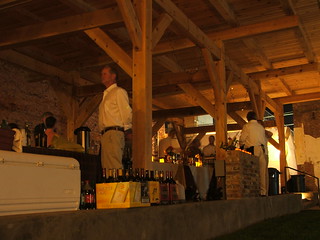 About the same time, the Taylor Hotel suffered a partial collapse, most likely due to rainwater accumulation because of clogged drainage systems. Although not publicly visible, PHW kept in touch with city officials during the years it took to find the right person to rehabilitate the Taylor. (4) The patient approach paid off when the Taylor was completed in 2014, just in time for PHW to host its 50th Anniversary celebration there at the new pavilion, created where the collapsed rubble of the theater and McCrory’s addition had once stood. (5)
About the same time, the Taylor Hotel suffered a partial collapse, most likely due to rainwater accumulation because of clogged drainage systems. Although not publicly visible, PHW kept in touch with city officials during the years it took to find the right person to rehabilitate the Taylor. (4) The patient approach paid off when the Taylor was completed in 2014, just in time for PHW to host its 50th Anniversary celebration there at the new pavilion, created where the collapsed rubble of the theater and McCrory’s addition had once stood. (5)
There have still been some stinging losses for Winchester’s architectural heritage in recent years, including Ruth’s Tea Room and the Community Food Store on South Kent Street and the partial demolition of the Aulick house on South Braddock Street. If there can be a silver lining to these now-vanished Winchester landmarks, it is that they were lost not to a drive for more parking lots but to “demolition by neglect.” (6)(7)(8) Although a galling issue in its own right and a much more complex issue to combat, it is a far cry from the days when important buildings could be lost in the blink of an eye for a handful of parking spaces.
In some ways PHW has had to start from scratch as an organization in 2003, relearning how we used to be so successful at advocacy, membership events, and fundraising. Nevertheless, we feel we still serve an important role in the community and fill a much wanted and needed niche of providing information about historic preservation and architecture. We plan to serve the community for another fifty years. Thank you for your support and interest in PHW – we could not exist without you!
PHW will officially turn 51 tomorrow, and so with this post we will draw a close to our 50th Anniversary blog posts. There will be a small hiatus while we prepare materials for our blog series, focusing more on the architecture of Winchester.
